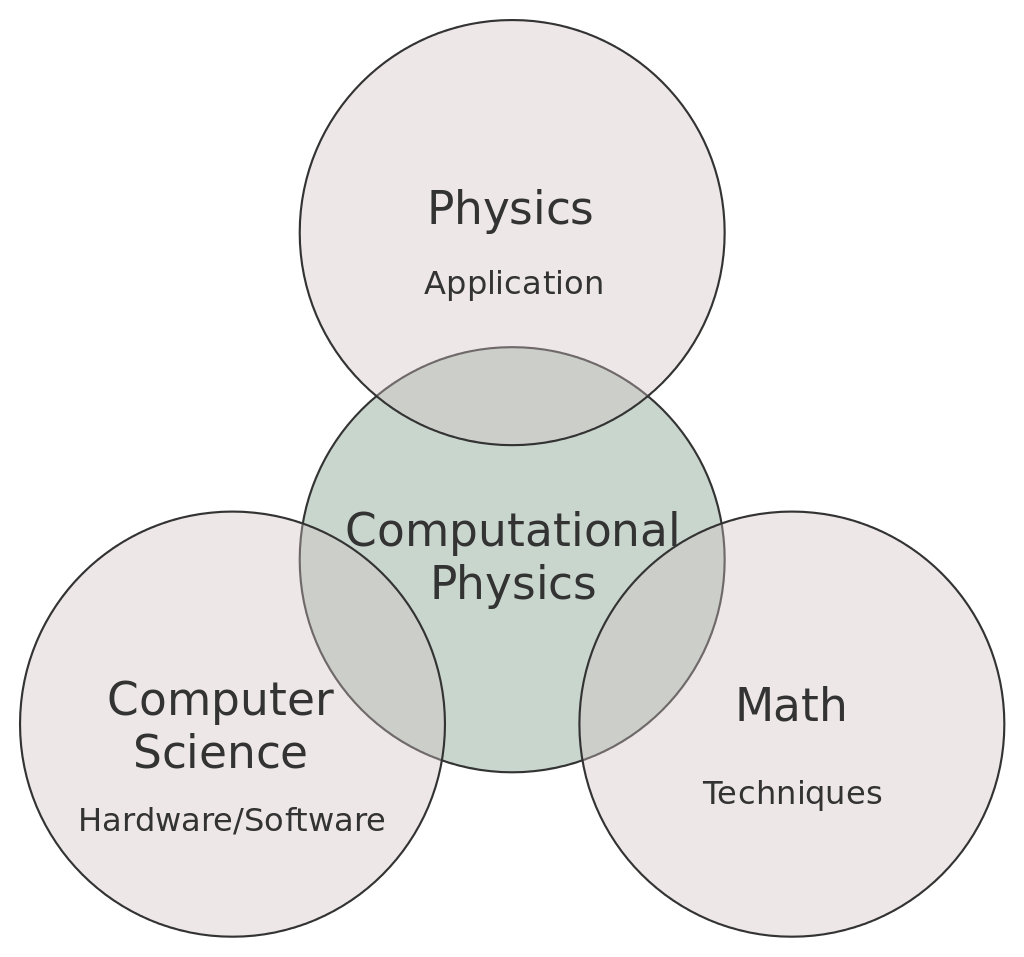PHYS3820 Computational Physics#
Lecture notes for PHYS3820 Computational Physics at Valdosta State University. This course is designed using Computational Physics With Python by Eric Ayars (2013) and Computational Physics: Problem Solving with Computers by Landau, Paez, & Bordeianu (2007), where it will include summaries of the course material and code implementation/exercises.
Course Description: The course will serve as an introduction to scientific writing and computing, which includes basic computational skills (e.g., Python, GitHub, and LaTeX); Data fitting and interpolation; numerical integration and differentiation; and numerically solving ordinary differential equations (ODEs). To this end, students will complete 3 projects, where the results in each of the first two projects will be presented as a “paper” in the style of Physical Review Letters (2000 words). The topics of these projects are:
Crater counts on the Moon (data fitting), and
Projectile motion with atmospheric drag.
The final project will be assigned by the instructor at midterm on one of the following topics:
Ising Model
Pandemic SIR modeling
Quantum particle in a box
Logistic map
Damped driven oscillator
Brachistochrone
Chaotic scattering
will consist of a longer (3000 words) paper detailing the project, and a 15 minute oral (slide) presentation explaining the project to our peers.
Other Useful links#
Peter Young’s course at UCSC
Computational Physics by Richard Fitzpatrick at UT Austin
Computational Mechanics at UConn
Epidemic modeling from Simon Dobson at University of St. Andrews
Jupyter guide to linear algebra by Ben Vanderlei at the University of the Fraser Valley
Numerical methods for partial differential equations by by Bernard Knaepen & Yelyzaveta Velizhanina at Universite Libre de Bruxelles
Python for Dynamics and Evolution of Earth and Planets by Norwegian Research School
This work is licensed under a Creative Commons Attribution 4.0 International License.


